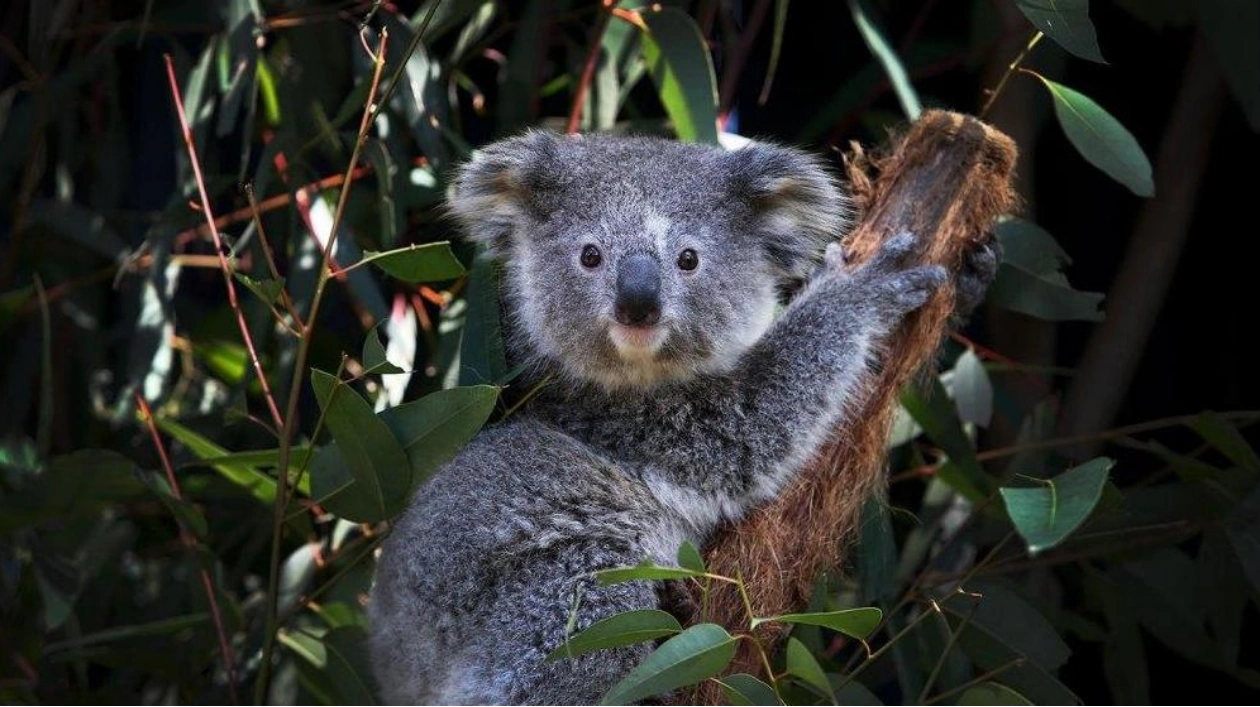Famous for their soft, fluffy ears, round faces, and prominent black noses, koalas spend the majority of their time dozing in the treetops of eucalyptus forests. Their habit of staying high up and moving very little makes these Australian symbols challenging to locate. However, this could soon change with a new technique that can "sniff" out koalas' locations.
The method, detailed on October 13 in the Journal of Applied Ecology, captures DNA floating in the marsupial's natural habitat using filters made from cheesecloth, a lightweight fabric commonly found in kitchens. Sandwiched between two stainless steel plates, the cheesecloth filters were tested at 26 sites across four nature reserves in Queensland, Australia. Each site was equipped with two filters—one placed approximately 1.5 meters above the ground with a fan to draw in air, and another closer to the ground to capture any debris.
After a few days, researchers collected the filters and analyzed the genetic material trapped within. To their satisfaction, they identified koala DNA along with DNA from eleven other species known to inhabit the area, such as swamp wallabies (Wallabia bicolor) and ring-tailed possums (Pseudocheirus occidentalis).
Koala populations (Phascolarctos cinereus) have significantly declined in recent years due to widespread bushfires and diseases. In 2022, the Australian government declared koalas endangered in certain regions. Conservation efforts have previously relied on advanced tools like thermal imaging drones and acoustic recorders to detect koalas. The new DNA sampler, however, is more affordable and requires less technical expertise to operate, according to the researchers.
"It's very straightforward," says evolutionary biologist Celine Frere from the University of Queensland in Brisbane, Australia. "The goal is to involve citizen scientists, private landowners, and school students in using the filters."
This work introduces another tool for scientists to detect environmental DNA, or eDNA. Other researchers have vacuumed air in zoos and forests, swabbed vegetation, and even examined the filters of air pollution monitoring stations for eDNA (SN: 1/18/22; SN: 9/6/23; SN: 6/5/23).
"Some of the work in this study represents really significant first steps," says ecologist Matthew Barnes of Texas Tech University in Lubbock. The experiment took place in an uncontrolled environment, where factors like strong winds or heavy rains could impact results. "The fact that they still achieved some success is truly encouraging," Barnes notes.
Frere and her team are now focused on building a genetic data library for various species, "so we have a reference that allows us to fully utilize eDNA," she explains.
Source link: https://www.sciencenews.org






